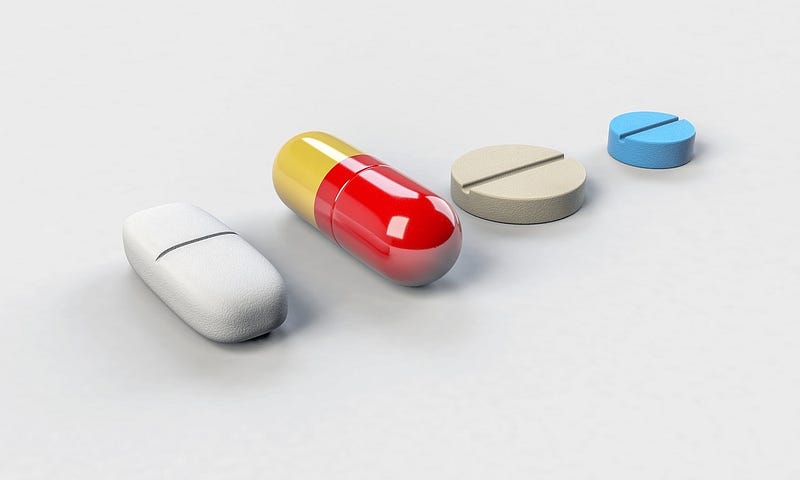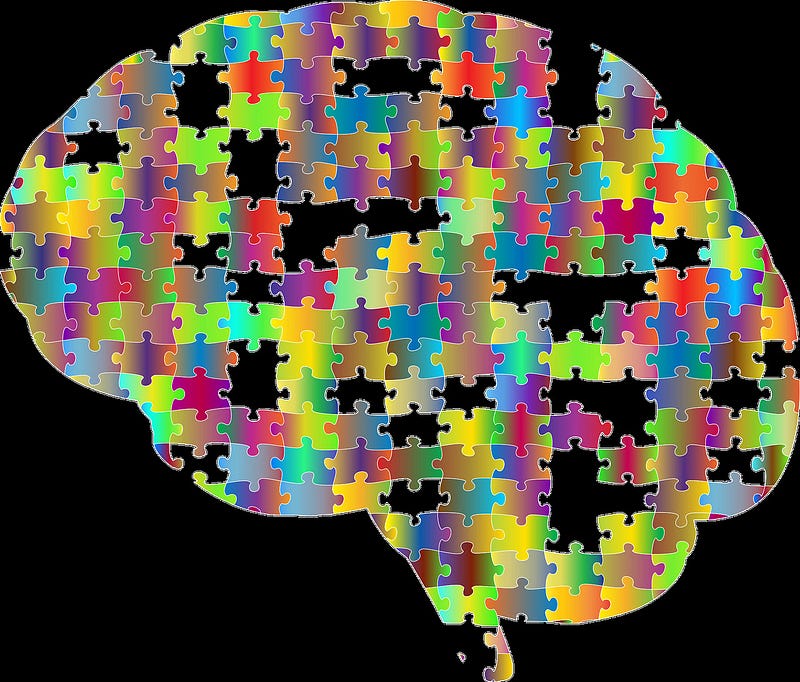
The Ketogenic Diet, very fashionable today, has been used as a treatment for epilepsy for more than 100 years. Now we know why it works.
In recent years there has been a boom in the variety of healthy fad diets, for the better, since the same form of eating, no matter how healthy it may be, does not always work equally well throughout the world. Among these diets, the famous Mediterranean Diet continues to stand out, which together with the DASH Diet continue to be the winners in the Harvard University ranking. On the other hand, there is the Paleo Diet, which we talked about at the time in kitchens, low-carbohydrate or low-carb diets, and a step further is the Ketogenic Diet, which we talk about today.
The difference between low-carbohydrate diets and the Ketogenic Diet is that the former, in terms of percentages, imply a carbohydrate consumption of less than 40–45% of the total caloric intake, while in the Ketogenic Diet the carbohydrate intake is decreased, even more, reaching the point of not eating more than 50–60 g of carbohydrates a day with the aim of putting the body into ketosis and producing so-called ketone bodies. Although initially, it may be difficult to adapt, one of the great benefits of the Ketogenic Diet is its benefit against epilepsy, and a recent study suggests that the secret would be in the intestinal bacteria.
Ketogenic Diet: What is it and how is it done?

Sources of omega 3 fatty acids
As we have already mentioned, a Ketogenic Diet is nothing more than that type of diet where the intake of carbohydrates does not exceed 50–60 g per day, a number of carbohydrates low enough for the body to enter ketosis. Although it was previously thought that the central nervous system can only feed solely and exclusively on sugar (glucose), this is only half true. It is true that the brain and the rest of the nervous system cannot feed directly on fat, but after fasting for 2–4 days, or on a diet very low in carbohydrates such as the Ketogenic Diet, the nervous system does allow the passage of ketone bodies through a process called ketogenesis, which is produced in the liver.
kg/day in this type of diet, if the objective is to lose weight, it is sought not to consume more than 0.2–0.5 g / kg/day of carbohydrates, while the consumption of fats is not restricted. In the case of using the diet for other objectives, such as improving the symptoms of epilepsy, in the initial phases a Ketogenic Diet will be more restrictive if possible, reducing the consumption of carbohydrates to 20 g per day or less; later a 4: 1 formula will be used, where for every 4 grams of fat 1 gram of added carbohydrates and proteins will be consumed.
Finally, what is achieved is that around 80% of the calories in an entire day come from fat (from fresh sources, of course, always avoiding processed and ultra-processed). Proteins are then calculated, which should be around 1 g / kg/day (a little more than the usual WHO recommendations), with the rest going to carbohydrates.
As an example of more well-known Ketogenic Diets, there is the Atkins Diet, which is a variety where a higher proportion of protein is produced than in a standard Ketogenic Diet, but the level of hydrates is decreased in a similar way to these.
Adverse Effects of the Ketogenic Diet

vitamins
While Ketogenic Diets have been shown to produce greater weight loss compared to others, including a greater reduction in visceral fat, and have even been shown to extend life, they are not without short- and long-term side effects.
In the short term, the most typical symptoms that occur during adaptation to the Ketogenic Diet are headaches, bad breath, feeling weak, fatigue, and even muscle cramps and constipation.
In the long term, Ketogenic Diets have been shown to cause vitamin and mineral deficiencies, gastrointestinal disorders, and even heart arrhythmias. On the other hand, some works claim that maintaining this type of diet in the long term can cause mood disturbances, although some works disagree on this. On the other hand, although recent studies ensure that there is no impairment of the physical performance, previous studies do affirm that a Ketogenic Diet decreases sports performance and would produce a greater feeling of fatigue.
Finally, currently and with the data available to date, it is not recommended that individuals with kidney diseases or pregnant women follow this type of diet, since in healthy individuals there does not seem to be kidney involvement, but in patients who already Previously suffer disease in these organs can make the situation worse. On the other hand, during pregnancy, it is advisable to consume at least 175 g of carbohydrates daily to ensure good neurological development and general growth of the fetus.
Why the Ketogenic Diet Works for Epilepsy

brain_sugar
Regarding one of the most studied benefits of the Ketogenic Diet, the treatment of epilepsy, a recent work published in the journal Cell by Elaine Hsiao and her colleagues at the University of California at Los Angeles (UCLA), states that the secret would be in the intestinal bacteria.
In this case, the study was conducted in mice, in which a Ketogenic Diet was found to alter gut bacteria. In fact, if the intestinal bacteria of rodents are completely eliminated this type of diet would be useless in preventing seizures. And, in contrast, by transplanting gut bacteria from mice on a Ketogenic Diet to other mice, the latter obtained protection against seizures.
In the work, mice were fed a Ketogenic Diet in several groups of mice, showing that this diet produces changes in their intestinal microbiome in just four days, reducing seizures of epilepsy compared to a non-ketogenic diet. Specifically, the study found that this diet increased the number of two types of bacteria: Akkermansia muciniphila and Parabacteroides. And, if these bacteria were administered in combination to mice without a gut microbiome, an anticonvulsant effect is also recorded.
The researchers suggest that these two groups of bacteria should be analyzed in future research, as they may be a new avenue of treatment for seizures in epilepsy.

























0 comments:
Post a Comment